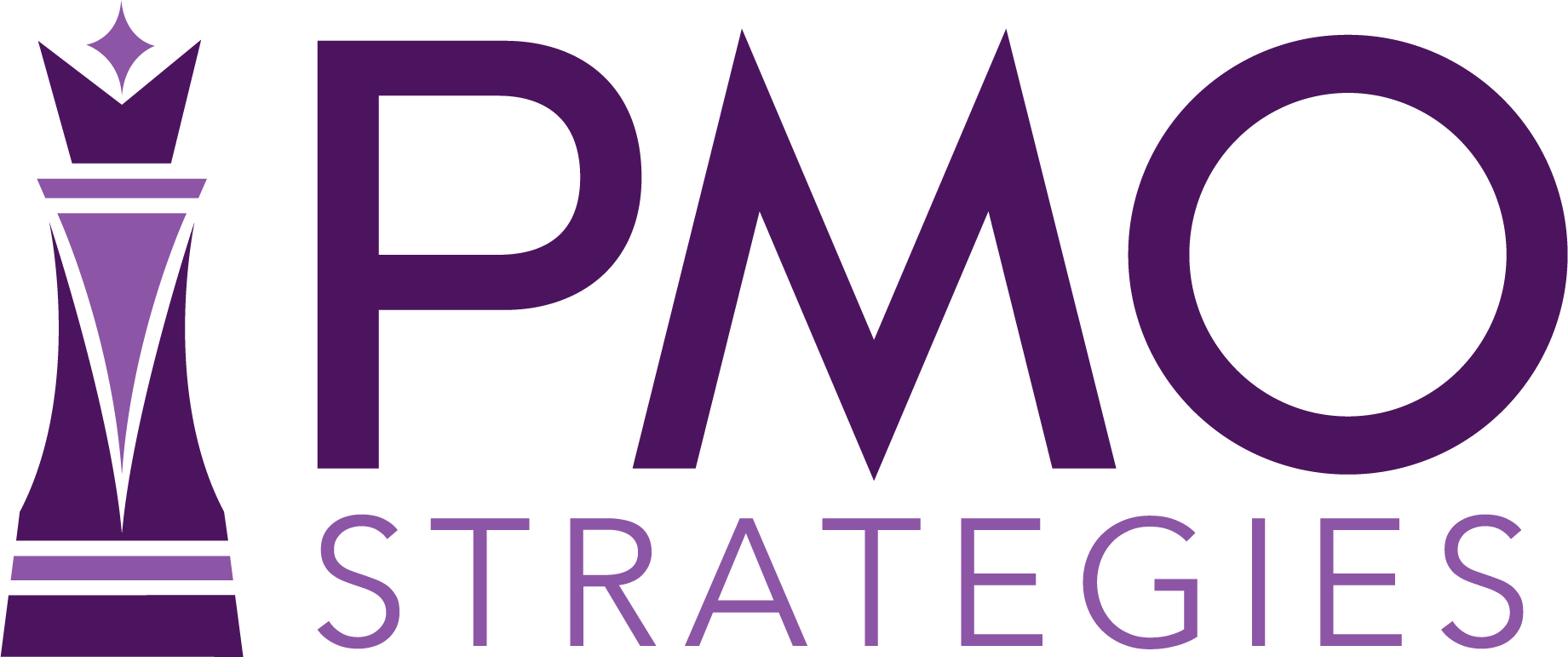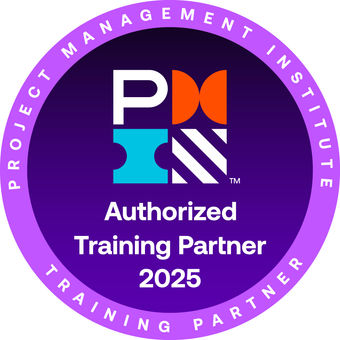Author: Heath Suddleson, PSP /DTM PID, President at The Project Leadership Academy
Is there one single soft skill that is the most important? That question is like asking if there is one size Air Handling Unit, or one concrete design mix that is the best or most important. It all relates to specific situations and our ability to master the variables. There is one soft skill that is, perhaps, at the root of many other soft skills and that is empathy. Empathy is the ability to share another person’s feelings or concerns. This skill will be used with every team member and stake holder on the project.
Having worked on projects on five continents, and with teams of various skill levels and ethnic backgrounds, I have found the one universal truth to be that when you can put yourself in someone else’s shoes, the pieces begin to fall into place. This is necessary because none of us think we have an attitude problem, though we have no trouble finding attitude problems in others. Are we someone who others feel has an attitude problem? Is it hurting our business? Consider that your attitude is the most important tool in your toolbox. You already have it. Used well it can gain you everything, and used poorly it can cost you everything. How you use it is entirely up to you.
If your company has a high turnover of staff; if your company regularly finishes projects late; if your employees have a high rate of absenteeism, then chances are high that you have an attitude problem somewhere in your leadership team. A very powerful CEO once asked me, “Do you find it hard to motivate teams?” I answered, “No, motivating teams is easy. The challenge is to keep management from demotivating the teams.” This does not mean that management wants to demotivate the teams. It is a reflection that management may not recognize that their actions are often demotivating when they were intended to be positive. We’ve all said to someone, or had someone say to us, “It’s not what you said, it’s how you said it,” trying to explain why someone was hurt or offended.
Empathy can be your biggest ally in resolving some of these problems. For example, our industry often requires excessive overtime and there is often little time, if any, between projects to take time off and address personal issues. In fact, the trend in the industry is that non-manual workers are now working longer hours than the manual workers, and often without overtime pay. Manual workers often take off for a month or two to rest, while your non-manual staff are working year round. Empathy would help us recognize how our staff is feeling and we might schedule some half days so that they can address personal matters on their own time. We might even use empathy to recognize that the families of our workers need some recognition for their sacrifice. That empty seat at the dinner table is also often an empty seat at a little league game or school talent show.
You can use empathy to help your clients, and you can even sell this to your clients as a reason to hire you for that next project. What are your client’s biggest concerns and how can you alleviate those concerns? Maybe selling your clients on the fact that you have designed and/or installed a system that will decrease their operating costs will get their attention. Adding in that vibration isolation will prevent their workforce from being distracted by the noisy HVAC system. Keeping the types of pumps to a lower number will reduce their supply of spare parts and it will reduce their maintenance training needs. Clients want someone who understands their concerns and can help them find reasonable solutions.
General Contractors have a lot of trades to coordinate. HVAC is often the first trade to kick off MEP installations so everyone is waiting on them. Of course, they are waiting on concrete, steel, and fireproofing, but for some reason in the progress meetings a lot of fingers are pointing at you. Are there ways you can find to increase productivity out of the gate so that they can get other trades working behind you? Can you sequence your work or reassign your crews in a way that makes a difference? General Contractors may tell you it’s all about price, but in reality they will pay a little extra to work with a subcontractor they know will be easy to work with and a subcontractor who will clear the path for other trades to work.
How do you get your teams to be more empathetic? This has to be a culture that starts from the top. As with any desire to change or goal stated by management, there has to be a behavior change to make it happen. Many companies have developed great strategies for implementing great plans and laudable goals. Without the change in behavior from management, the culture will not change. You can hang all the signs you want that say, “Teamwork” or “Excellence,” or even “Safety First,” and that is strategy. Individual behavior is driven by your managers and that is culture. Culture will eat strategy for breakfast every time.
Start by observing your employees. Where are their greatest challenges and can you help alleviate them? Start by asking your Contractors how you can help them get back on or even ahead of schedule. Start by asking building owners what their greatest complaints are with their facilities that never result in a warranty call. Then listen. Sometimes the hardest thing for us to do is stop and actually listen to what someone is saying, and doing so demonstrates real empathy. It helps us understand how we can alleviate the fears and problems of those we work with. Often we find that we can alleviate those fears without spending any additional money ourselves. In those cases we get to add value without adding to our cost. Is there a better win-win than that? Empathy is the key that can unlock many doors. Those doors can lead to your teams performing more proficiently and those doors can lead to more jobs booked at higher fees. Who wouldn’t like to spend less and get paid more?
 Thanks for taking the time to read this article written by our friend Heath Suddleson. You can learn more about Heath and The Project Leadership Academy here.
Thanks for taking the time to read this article written by our friend Heath Suddleson. You can learn more about Heath and The Project Leadership Academy here.
Thanks for taking the time to read this article.
Click here to receive these blog posts right to your inbox.
Fill out our one-minute survey if you have topics you would like read more about.
I welcome your feedback and insights. Please leave a comment below.
See you online!
Warmly,










[…] Soft Skills That Translate To Hard Dollars – PMO. Is there one single soft skill that is the most important? That question is like asking if there is one size Air Handling Unit, or one concrete design mix that is the best or most important. It all relates to specific situations and our ability to master the variables. There is one soft skill that is, perhaps, at the root of many other soft skills and that is empathy. Empathy is the ability to share another person’s feelings or concerns. Having worked on projects on five continents, and with teams of various skill levels and ethnic backgrounds, I have found the one universal truth to be that when you can put yourself in someone else’s shoes, the pieces begin to fall into place. […]